Many people think breakouts just “happen,” but dermatologists and wellness experts agree: where acne appears can often tell you something about your daily routine, environment, or even underlying health factors. The good news? Most of these triggers are connected to simple lifestyle habits you can improve right away.
Below is a detailed guide to five common acne “zones,” what may be behind them, and small changes that can make a big difference. (This article is for general information only—always consult a qualified healthcare provider before starting any treatment.)
1. Breakouts Around the Mouth
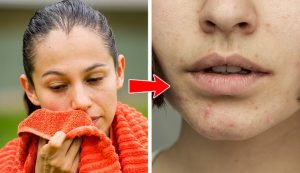
If you frequently see pimples near your lips or chin, irritation could be the culprit. Items that touch this area—cell phones, helmet straps, musical instruments, even your hands—can transfer bacteria and oil. Heavy cosmetics, lip balms, or products not labeled “non-comedogenic” can also clog pores.
Helpful habit: Cleanse the area gently twice a day, choose oil-free or non-pore-clogging makeup, and avoid touching your face. If the problem keeps coming back, a dermatologist can recommend a personalized treatment plan.
2. Pimples on the Nose
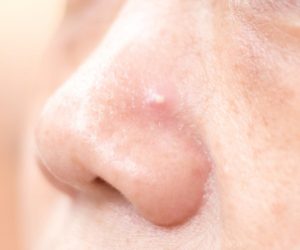
The nose has larger pores and tends to produce more oil, making it a hotspot for breakouts. Dirt, makeup residue, stress, diet, and some medications can all make it worse. Occasionally, persistent nose acne may point to a deeper health issue—but poor hygiene is by far the most common reason.
Helpful habit: Add a mild antibacterial product such as tea tree oil or a sulfur-based cleanser to your routine to reduce bacteria buildup. And if breakouts remain severe, seek professional advice.
3. Forehead Acne
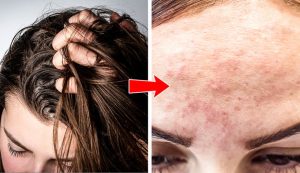
An oily scalp or certain styling products may be transferring onto your forehead without you realizing it. Pomades, gels, and waxes—especially those containing coconut oil or cocoa butter—can clog pores.
Helpful habit: Use a gentle facial cleanser, switch to lighter hair products, and shampoo more often if your hair is oily. These simple changes often clear forehead acne within a few weeks.
4. Jawline and Neck Breakouts
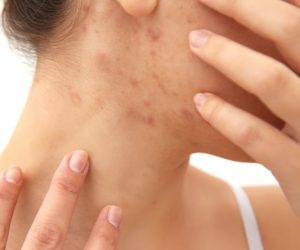
Fluctuating hormone levels can trigger acne along the jaw and neck. This is common during menstrual cycles or when starting or stopping certain medications, such as birth control.
Helpful habit: Use a non-comedogenic cleanser and moisturizer and always apply sunscreen. If you suspect a hormonal cause or your breakouts become painful or cystic, consult a dermatologist or healthcare professional.
5. Cheek Acne
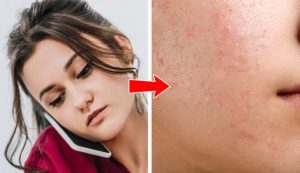
Phones, pillowcases, and hands all touch your cheeks regularly, making this one of the most easily avoidable types of breakouts. Even a quick phone call can transfer bacteria to your skin.
Helpful habit: Wipe down your phone before each use, wash your hands often, and change pillowcases at least once a week. These small steps dramatically reduce bacteria and oil buildup on your cheeks.
The Bottom Line
While acne can sometimes be related to hormones or medical conditions, most everyday breakouts are linked to habits you can change right now. By understanding what each “zone” is telling you and making small, consistent adjustments, you can help your skin stay clearer, calmer, and healthier.
This content is for informational purposes only and is not a substitute for professional medical advice.


